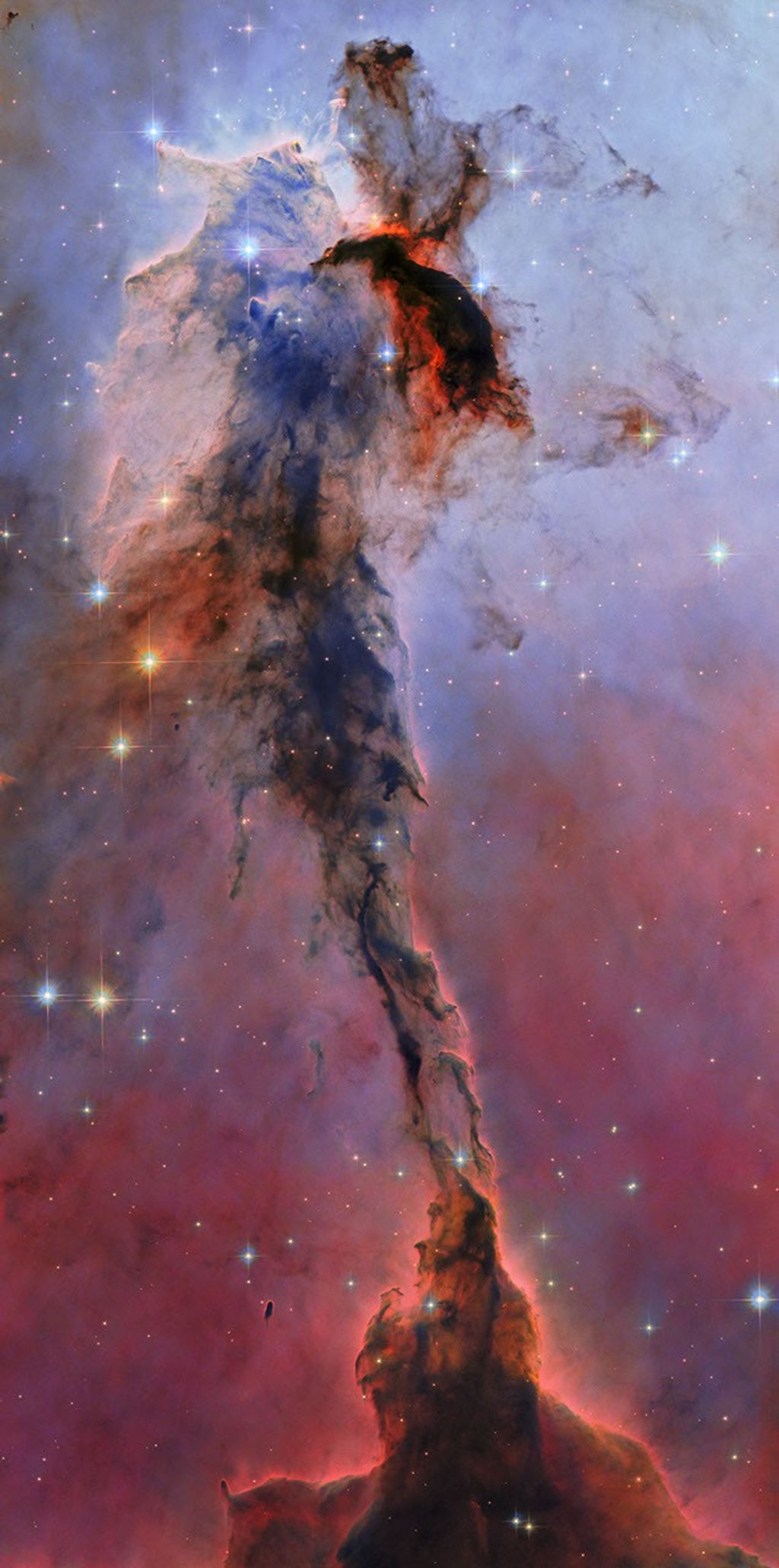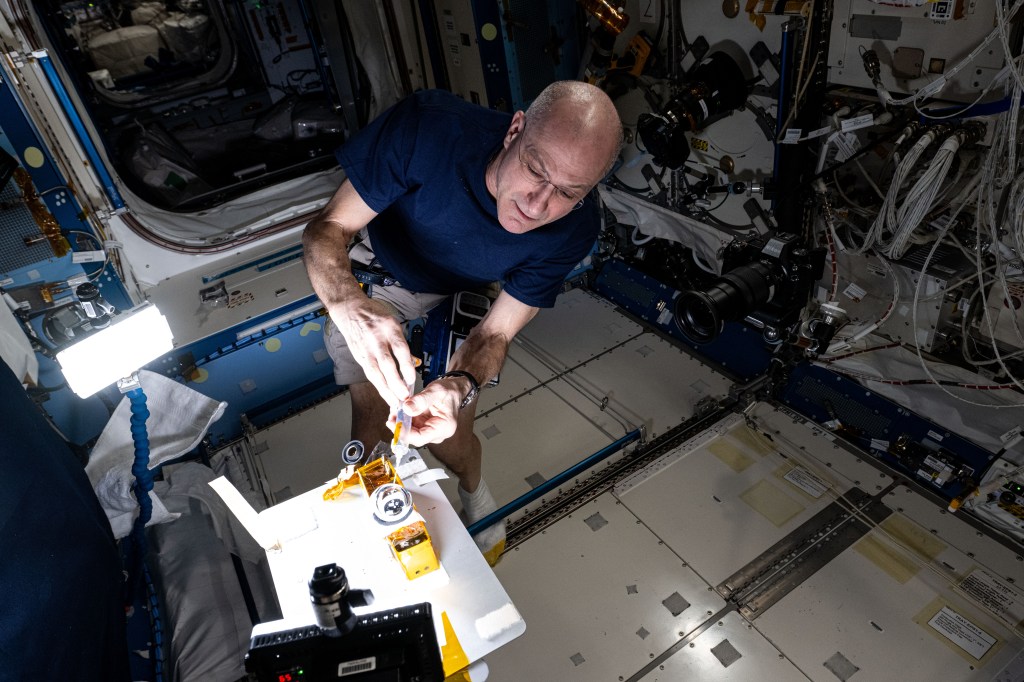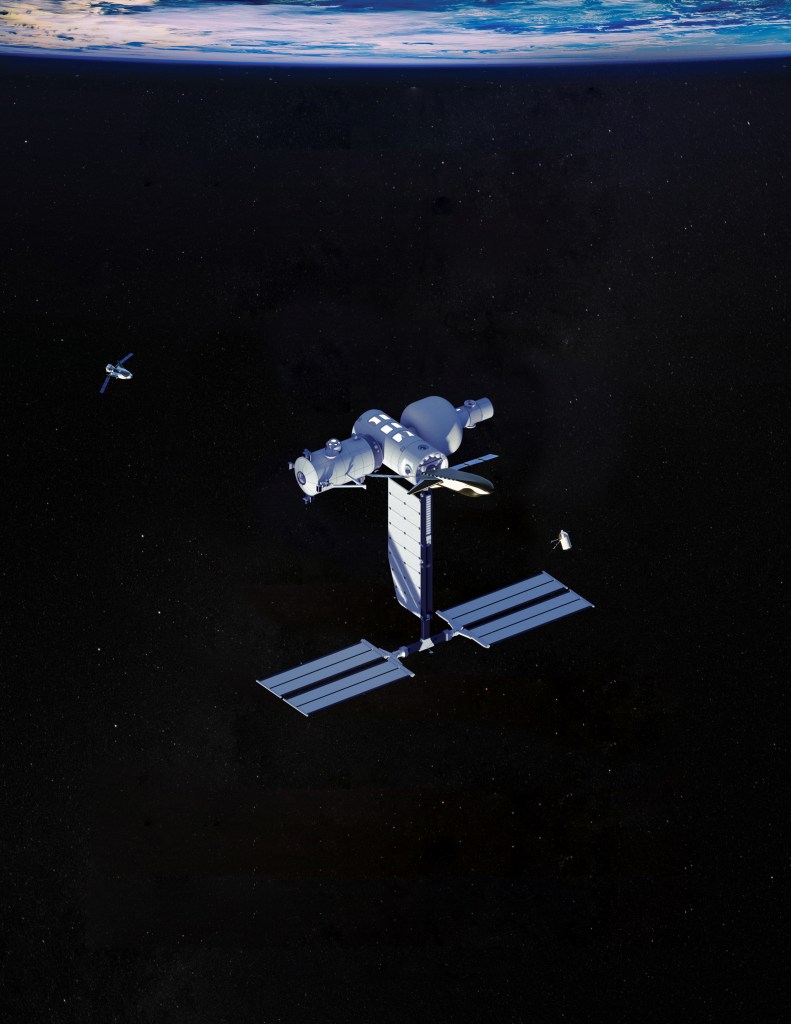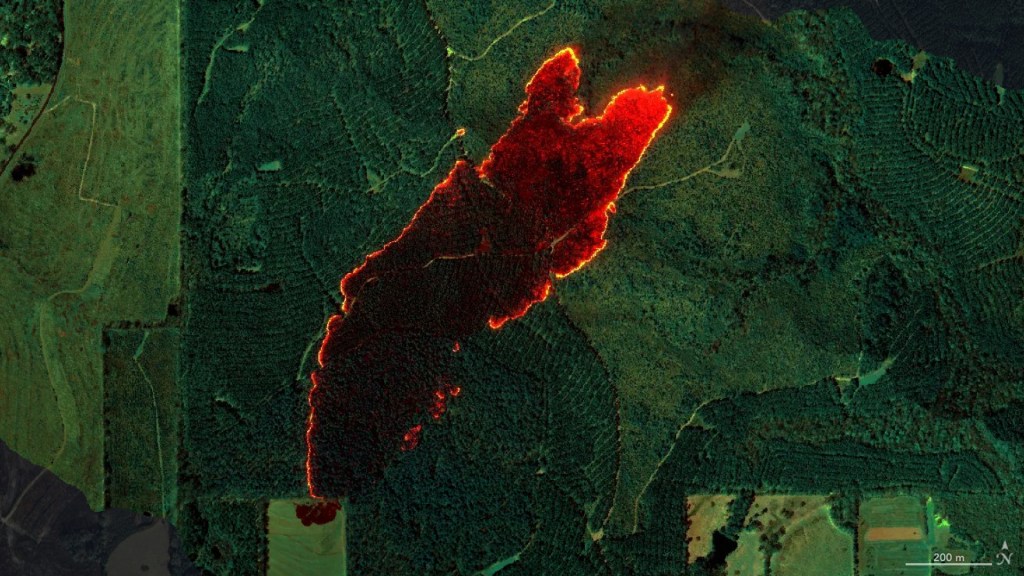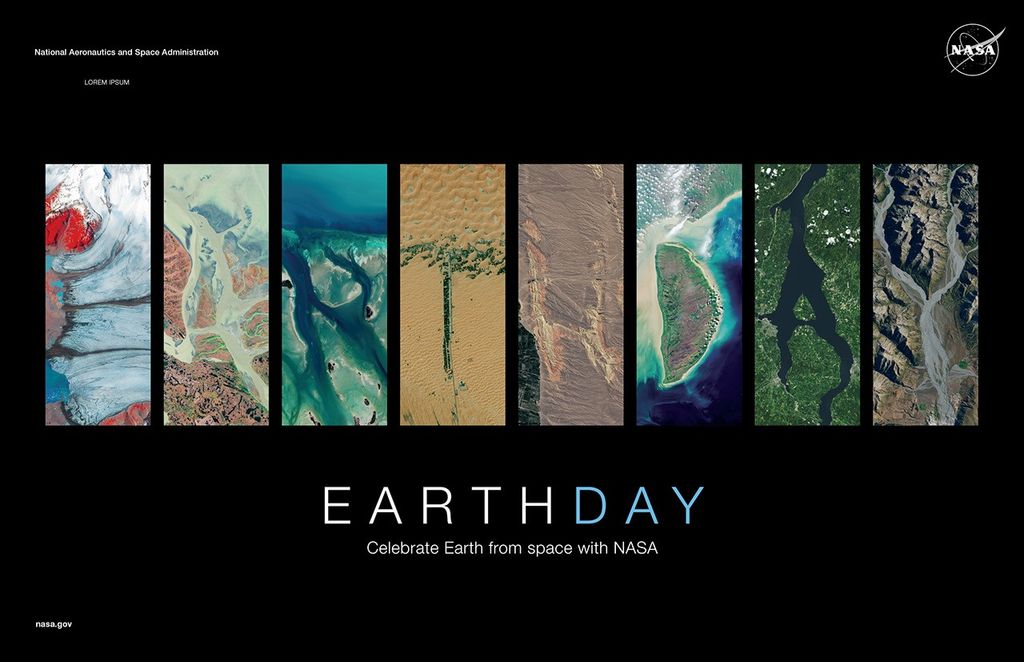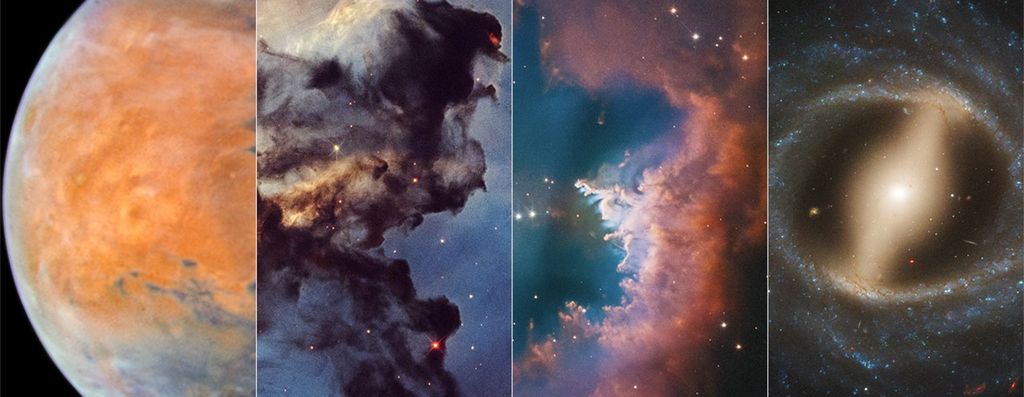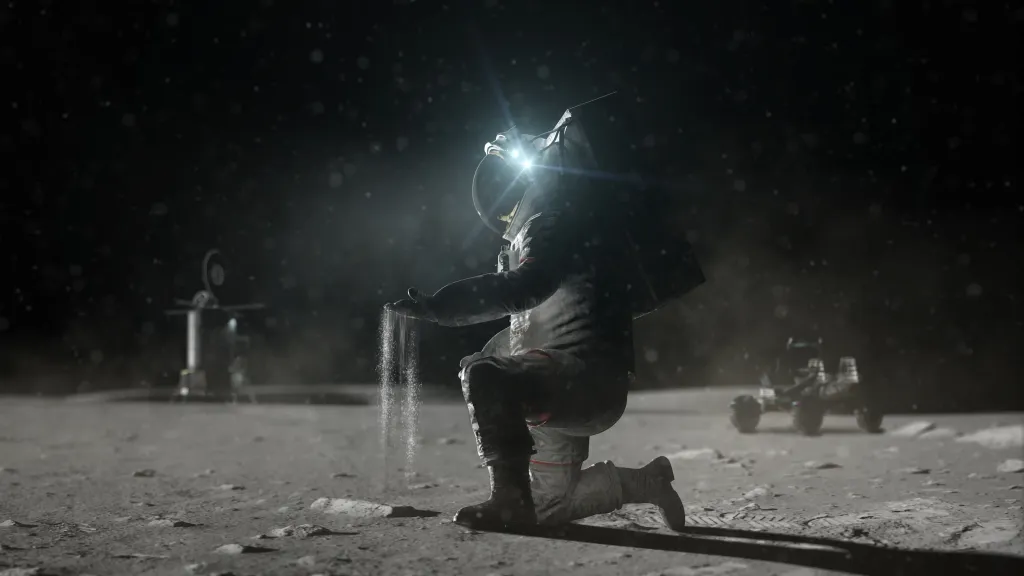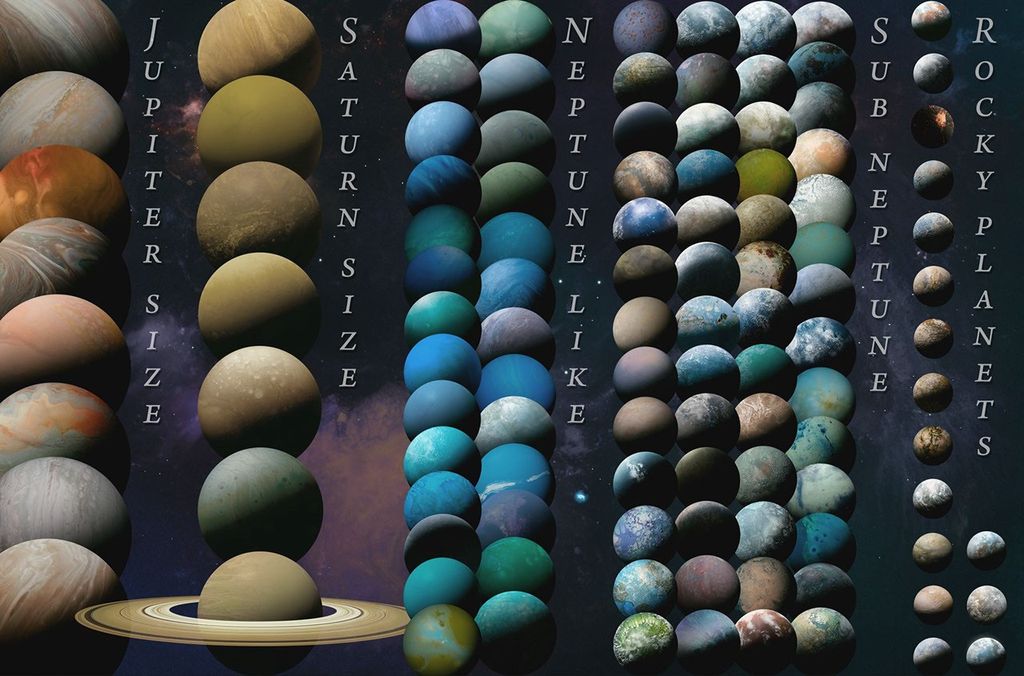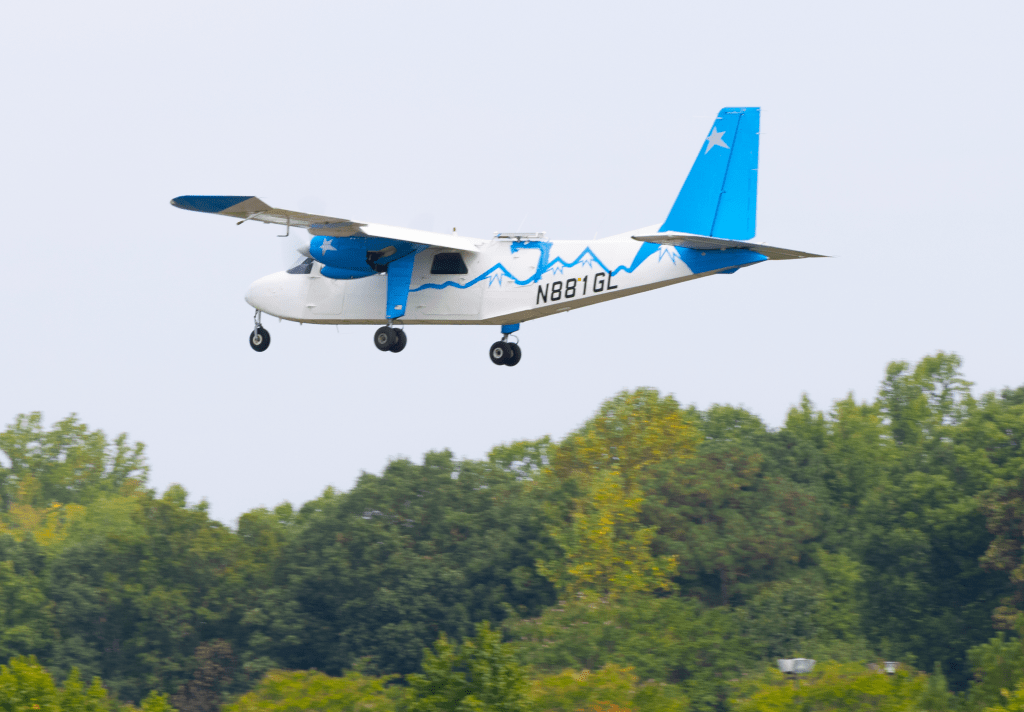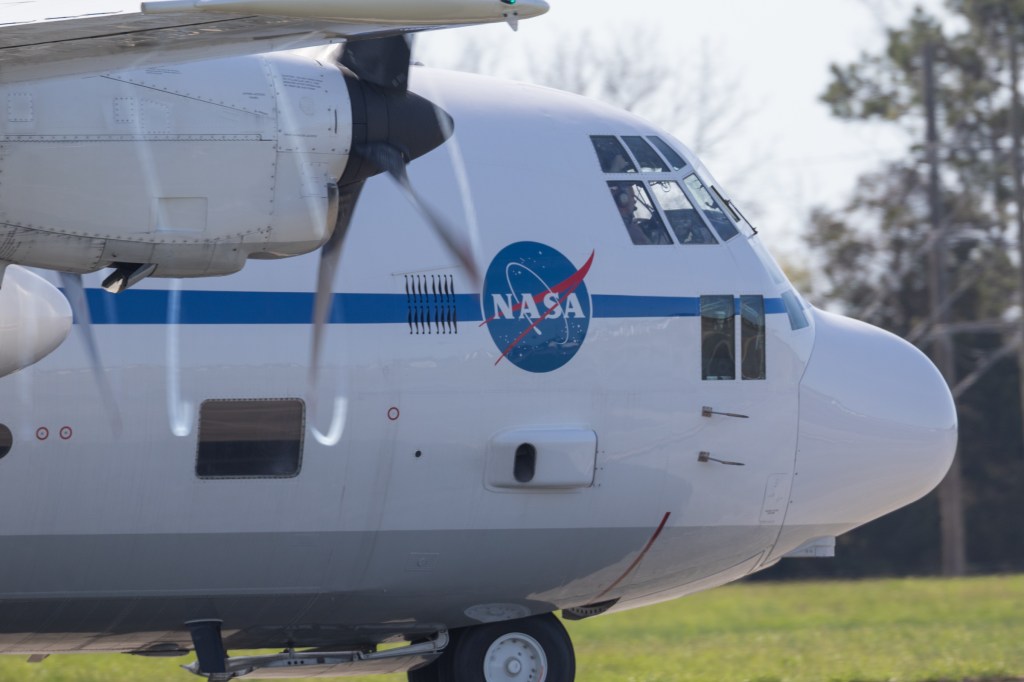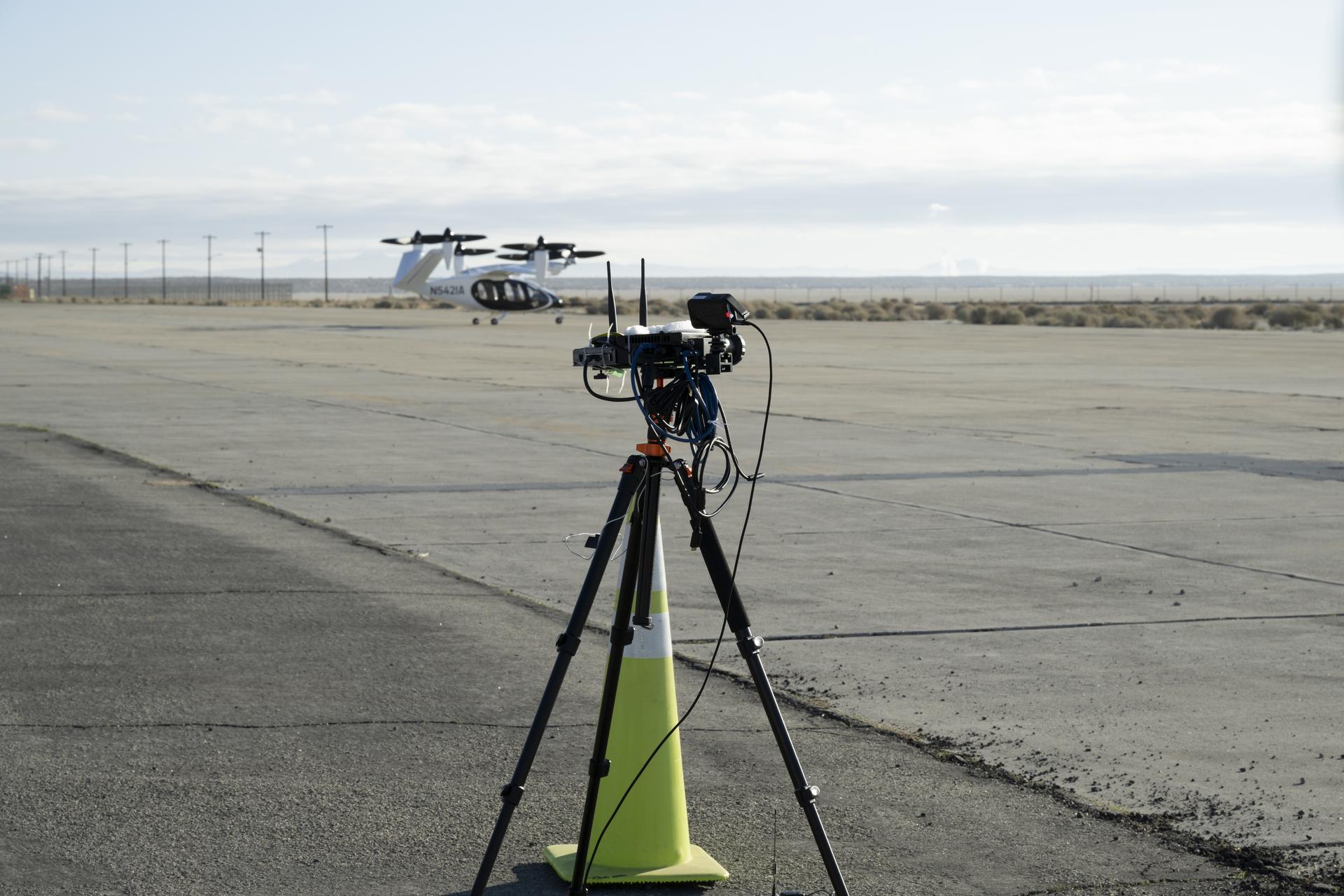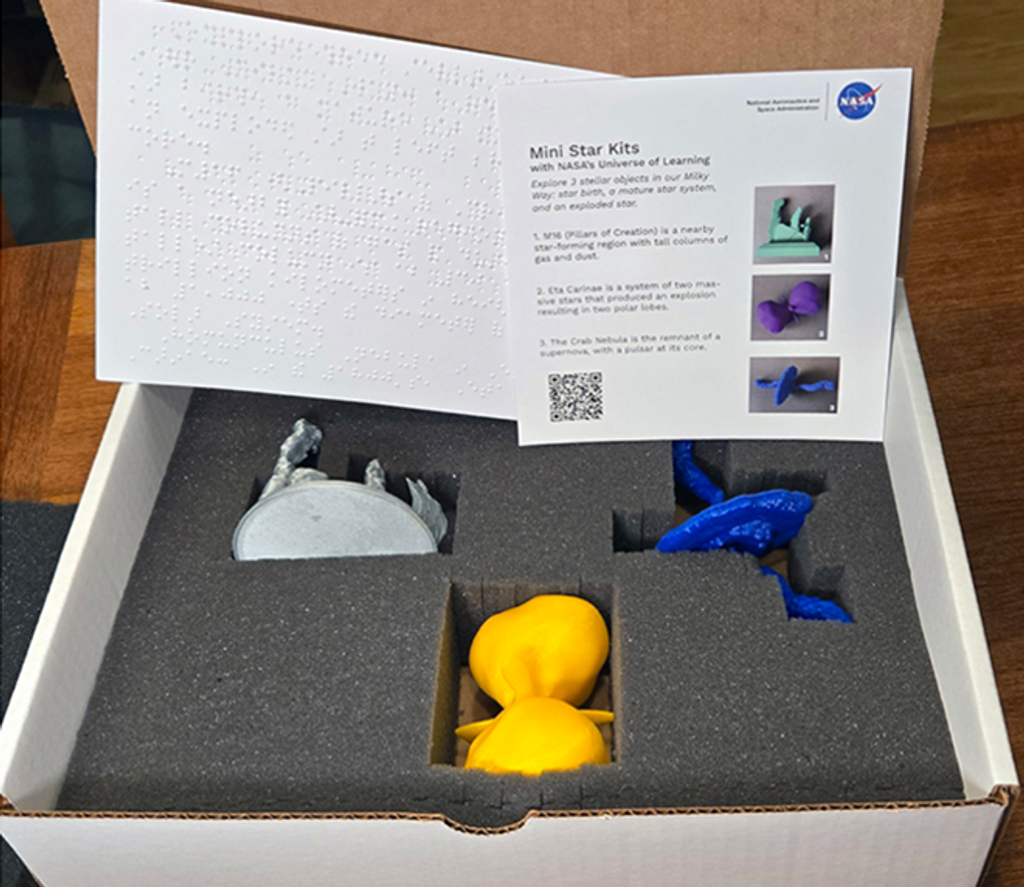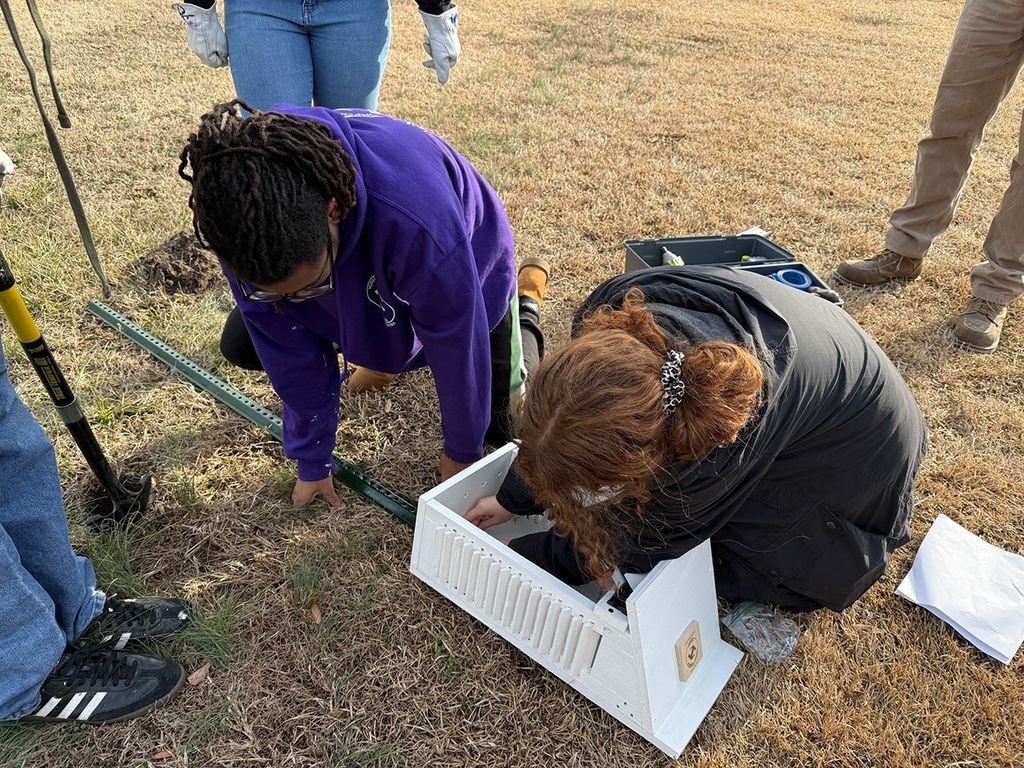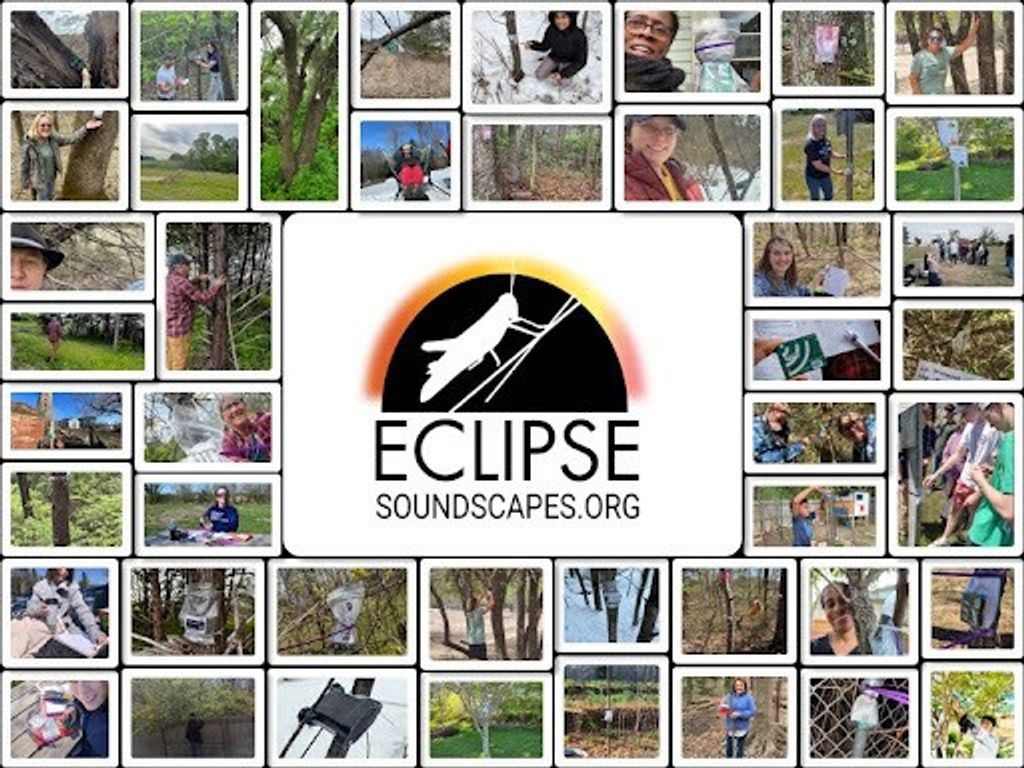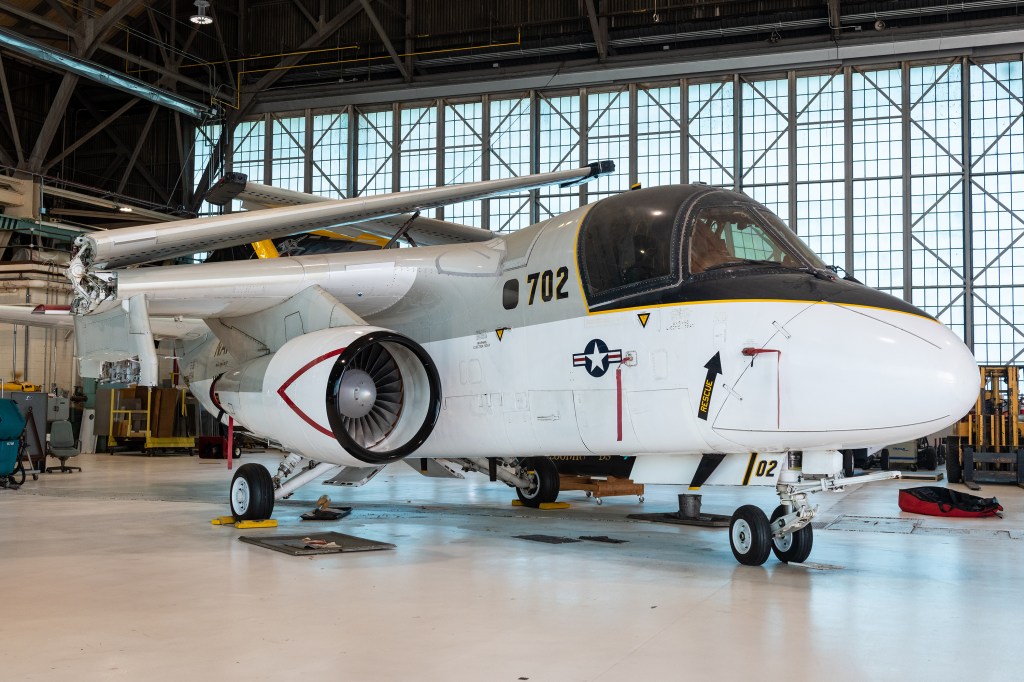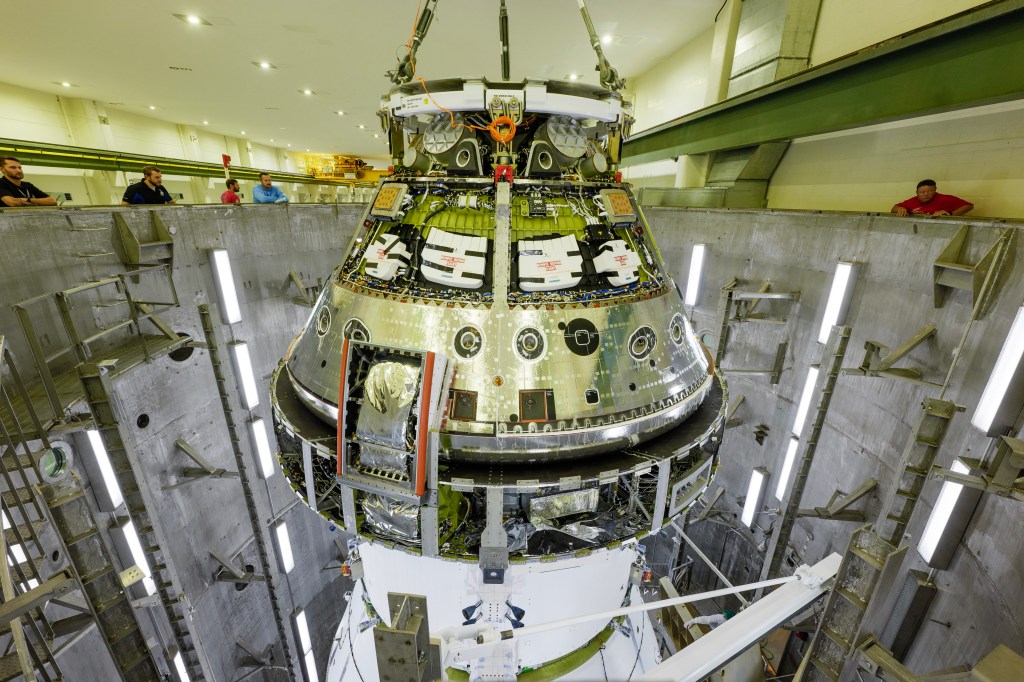Photography and Public Affairs
Workshop on Emerging Technologies for Astrophysics Missions
NASA Event Photography Disclaimer
Photographers/videographers may be present at NASA events. NASA reserves the right to use any photograph/video taken at any NASA event without the express written permission of those included within the photograph/video. NASA may use the photograph/video in publications or other media material produced, used, or contracted by NASA, including but not limited to: emails, brochures, invitations, books, newspapers, magazines, television, websites, social media, etc.
If you are attending a NASA event and do not wish to have your image used for publication, you should make your wishes known to the photographer/videographer and the event organizers. You must also contact the NASA LOC at ARC-LOC@nasa.gov to provide a written notification of your wish to not have your image used for publication, and you must include a photograph. NASA will use the photo for identification purposes and will hold it in confidence.
By participating in a NASA event or by failing to notify NASA, in writing, of your desire to not have your photograph/video used by NASA, you are agreeing to release, defend, hold harmless and indemnify NASA from any and all claims involving the use of your picture or likeness.
Thank you for your understanding and cooperation.
Public Information Coordination and Concurrence
(a) General. All NASA employees involved in preparing and issuing NASA public information are responsible for proper coordination among Headquarters, Center, and Mission Directorate offices to include review and clearance by appropriate officials prior to issuance. Such coordination will be accomplished through procedures developed and published by the NASA Assistant Administrator for Public Affairs.
(b) Coordination. To ensure timely release of public information, Headquarters and Center public affairs officers are required to coordinate to obtain review and clearance by appropriate officials, keep each other informed of changes, delays, or cancellation of releases, and provide advance notification of the actual release.
(c) All public information shall be coordinated through the appropriate Headquarters offices, including review by the appropriate Mission Directorate Associate Administrator and mission support office head, or their designees, to ensure scientific, technical, and programmatic accuracy, and review by the Assistant Administrator of Public Affairs or his/her designee to ensure that public information products are well written and appropriate for the intended audience.
(d) Centers may, however, without the full coordination of Headquarters, issue public information that is institutional in nature, of local interest, or has been deemed not to be a Headquarters release. (The Assistant Administrator for Public Affairs or his/her designee will determine which public information will be issued nationwide by NASA Headquarters.) These releases must be coordinated through the appropriate Center offices and approved by the Center Director and Center Public Affairs Director. The Center Public Affairs Director is required to provide proper notification to the NASA Office of Public Affairs, Headquarters, prior to release. (The Assistant Administrator for Public Affairs shall publish guidelines for the release of public information that may be issued by Centers without clearance from Headquarters’ offices.)
(e) Dispute Resolution. Any dispute arising from a decision to proceed or not proceed with the issuance of a news release or other type of public information will be addressed and resolved by the Assistant Administrator for Public Affairs with the appropriate Mission Directorate Associate Administrator, mission support office head, Center Director, and others, such as Center Public Affairs Directors, as necessary. However, the appropriate Mission Directorate Associate Administrator shall be the arbiter of disputes about the accuracy or characterization of programmatic, technical, or scientific information. Additional appeals may be made to the Chief of Strategic Communications and to the Office of the Administrator. When requested by a Center Public Affairs Director, an explanation of the resolution will be provided in writing to all interested Agency parties.
Interviews
(a) Only spokespersons designated by the Assistant Administrator for Public Affairs, or his/her designee, are authorized to speak for the Agency in an official capacity regarding NASA policy, programmatic, and budget issues.
(b) In response to media interview requests, NASA will offer articulate and knowledgeable spokespersons who can best serve the needs of the media and the American public. However, journalists may have access to the NASA officials they seek to interview, provided those NASA officials agree to be interviewed.
(c) NASA employees may speak to the media and the public about their work. When doing so, employees shall notify their immediate supervisor and coordinate with their public affairs office in advance of interviews whenever possible, or immediately thereafter, and are encouraged, to the maximum extent practicable, to have a public affairs officer present during interviews. If public affairs officers are present, their role will be to attest to the content of the interview, support the interviewee, and provide post-interview follow up with the media as necessary.
(d) NASA, as an Agency, does not take a position on any scientific conclusions. That is the role of the broad scientific community and the nature of the scientific process. NASA scientists may draw conclusions and may, consistent with this policy, communicate those conclusions to the media. However, NASA employees who present personal views outside their official area of expertise or responsibility must make clear that they are presenting their individual views – not the views of the Agency – and ask that they be sourced as such.
(e) Appropriated funds may only be used to support Agency missions and objectives consistent with legislative or presidential direction. Government funds shall not be used for media interviews or other communication activities that go beyond the scope of Agency responsibilities and/or an employee’s official area of expertise or responsibility.
(f) Media interviews will be “on-the-record” and attributable to the person making the remarks, unless authorized to do otherwise by the Assistant Administrator for Public Affairs or Center Public Affairs Director, or their designees. Any NASA employee providing material to the press will identify himself/herself as the source.
(g) Audio recordings may be made by NASA with consent of the interviewee.
(h) NASA employees are not required to speak to the media.
(i) Public information volunteered by a NASA official will not be considered exclusive to any one media source and will be made available to other sources, if requested.
Preventing release of classified information to the media
(a) Release of classified information in any form (e.g., documents, through interviews, audio/visual, etc.) to the news media is prohibited. The disclosure of classified information to unauthorized individuals may be cause for prosecution and/or disciplinary action against the NASA employee involved. Ignorance of NASA policy and procedures regarding classified information does not release a NASA employee from responsibility for preventing any unauthorized release. See NPR 1600.1, Chapter 5, Section 5.23 for internal NASA guidance on management of classified information. For further guidance that applies to all agencies, see Executive Order 12958, as amended, “Classified National Security Information” and its implementing directive at 32 CFR Parts 2001 and 2004.
(b) Any attempt by news media representatives to obtain classified information will be reported through the Headquarters Office of Public Affairs or Installation Public Affairs Office to the Installation Security Office and Office of Security and Program Protection.
(c) For classified operations and/or programs managed under the auspices of a DD Form 254, “Contract Security Classification Specification,” all inquiries concerning this activity will be responded to by the appropriate PAO official designated in Item 12 on the DD Form 254.
(d) For classified operations and/or information owned by other Government agencies (e.g., DOD, DOE, etc.), all inquiries will be referred to the appropriate Agency public affairs officer as established in written agreements.
Preventing unauthorized release of sensitive but unclassified (SBU) information/material to the news media
(a) All NASA SBU information requires accountability and approval for release. Release of SBU information to unauthorized personnel is prohibited. Unauthorized release of SBU information may result in prosecution and/or disciplinary action. Ignorance of NASA policy and procedures regarding SBU information does not release a NASA employee from responsibility for unauthorized release. See NPR 1600.1, Chapter 5, Section 5.24 for guidance on identification, marking, accountability and release of NASA SBU information.
(b) Examples of SBU information include: proprietary information of others provided to NASA under nondisclosure or confidentiality agreement; source selection and bid and proposal information; information subject to export control under the International Traffic in Arms Regulations (ITAR) or the Export Administration Regulations (EAR); information subject to the Privacy Act of 1974; predecisional materials such as national space policy not yet publicly released; pending reorganization plans or sensitive travel itineraries; and information that could constitute an indicator of U.S. government intentions, capabilities, operations, or activities or otherwise threaten operations security.
(c) Upon request for access to information/material deemed SBU, coordination must be made with the information/material owner to determine if the information/material may be released. Other organizations that play a part in SBU information identification, accountability and release (e.g., General Counsel, External Relations, Procurement, etc.) must be consulted for assistance and/or concurrence prior to release.
(d) Requests for SBU information from other Government agencies must be referred to the respective Agency public affairs officer.
Multimedia materials
(a) NASA’s multimedia material, from all sources, will be made available to the information media, the public, and to all Agency Centers and contractor installations utilizing contemporary delivery methods and emerging digital technology.
(b) Centers will provide the media, the public, and as necessary, NASA Headquarters with:
- Selected prints and original or duplicate files of news-oriented imagery and other digital multimedia material generated within their respective areas.
- Selected video material in the highest quality format practical, which, in the opinion of the installations, would be appropriate for use as news feed material or features in pre-produced programs and other presentations.
- Audio and/or video files of significant news developments and other events of historic or public interest.
- Interactive multimedia features that can be incorporated into the Agency’s Internet portal for use by internal and external audiences, including the media and the general public.
News releases concerning international activities
(a) Releases of information involving NASA activities, views, programs, or projects involving another country or an international organization require prior coordination and approval by the Headquarters offices of External Relations and Public Affairs.
(b) NASA Centers and Headquarters offices will report all visits proposed by representatives of foreign news media to the public affairs officer for the Office of External Relations for appropriate handling consistent with all NASA policies and procedures.


